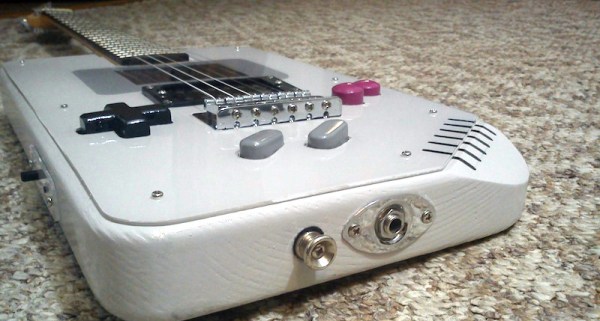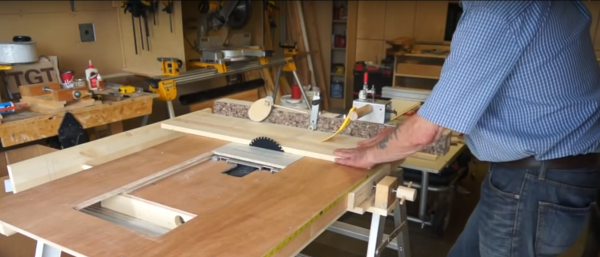Need to thrash out some wicked 8-bit riffs? There’s only one guitar you should be doing that with, and it’s a Guitar Boy!
[Fibbef], an administrator on BitFixGaming boards built this as an exhibition piece for his 2015 Game Boy Classic build off. He started the build just three months ago and we have to say we’re impressed. It’s a fully functioning Raspberry Pi Game Boy emulator — and a full fledged electric guitar. The A and B buttons double as volume and tone dials for the guitar, while also being push buttons for the Game Boy!
Under the hood is a Raspberry Pi B+ running RetroPie v2.3, with a 5″ LCD display, custom wooden buttons, the entire body is hand made, and a plexiglass shell covers the whole thing.






















